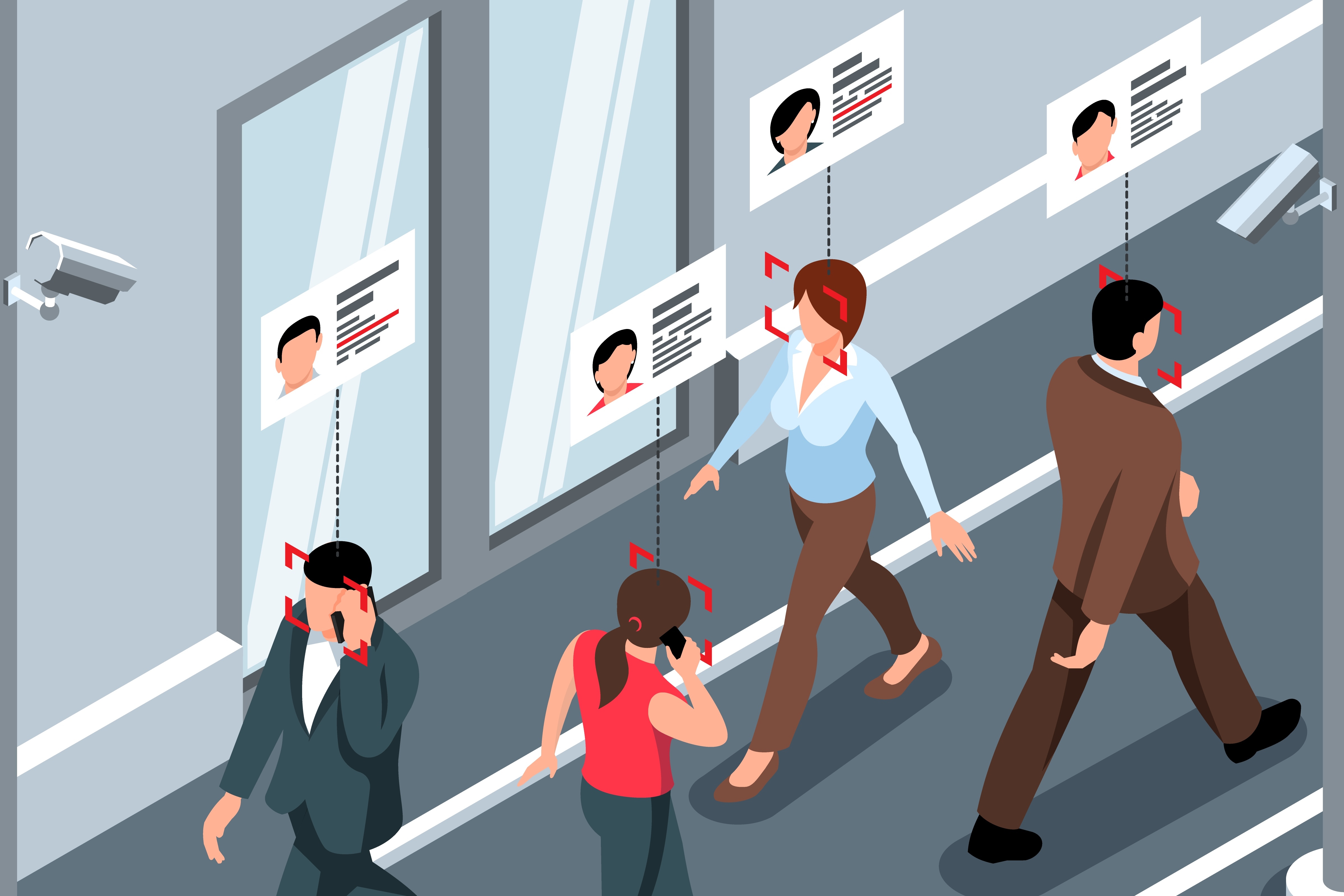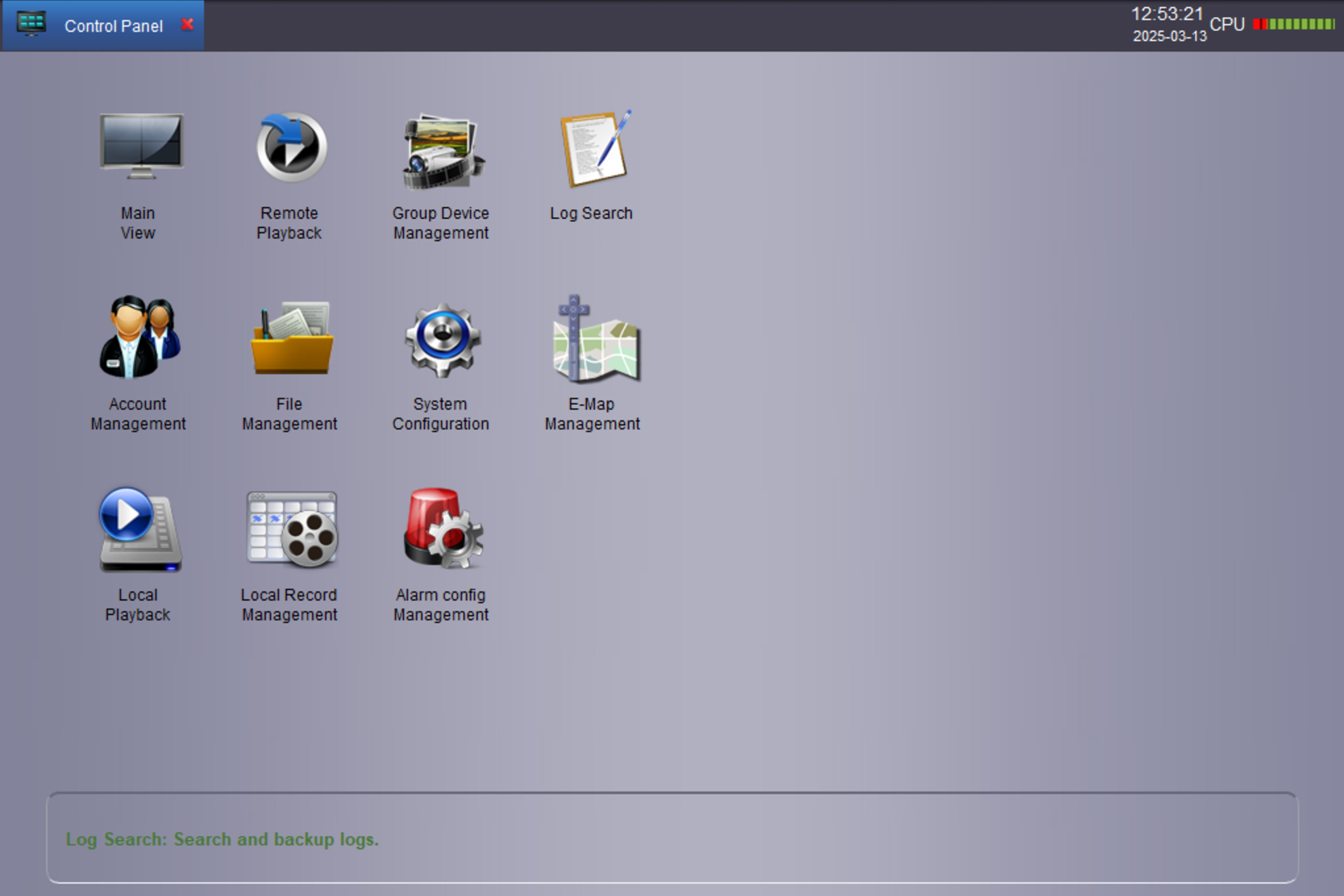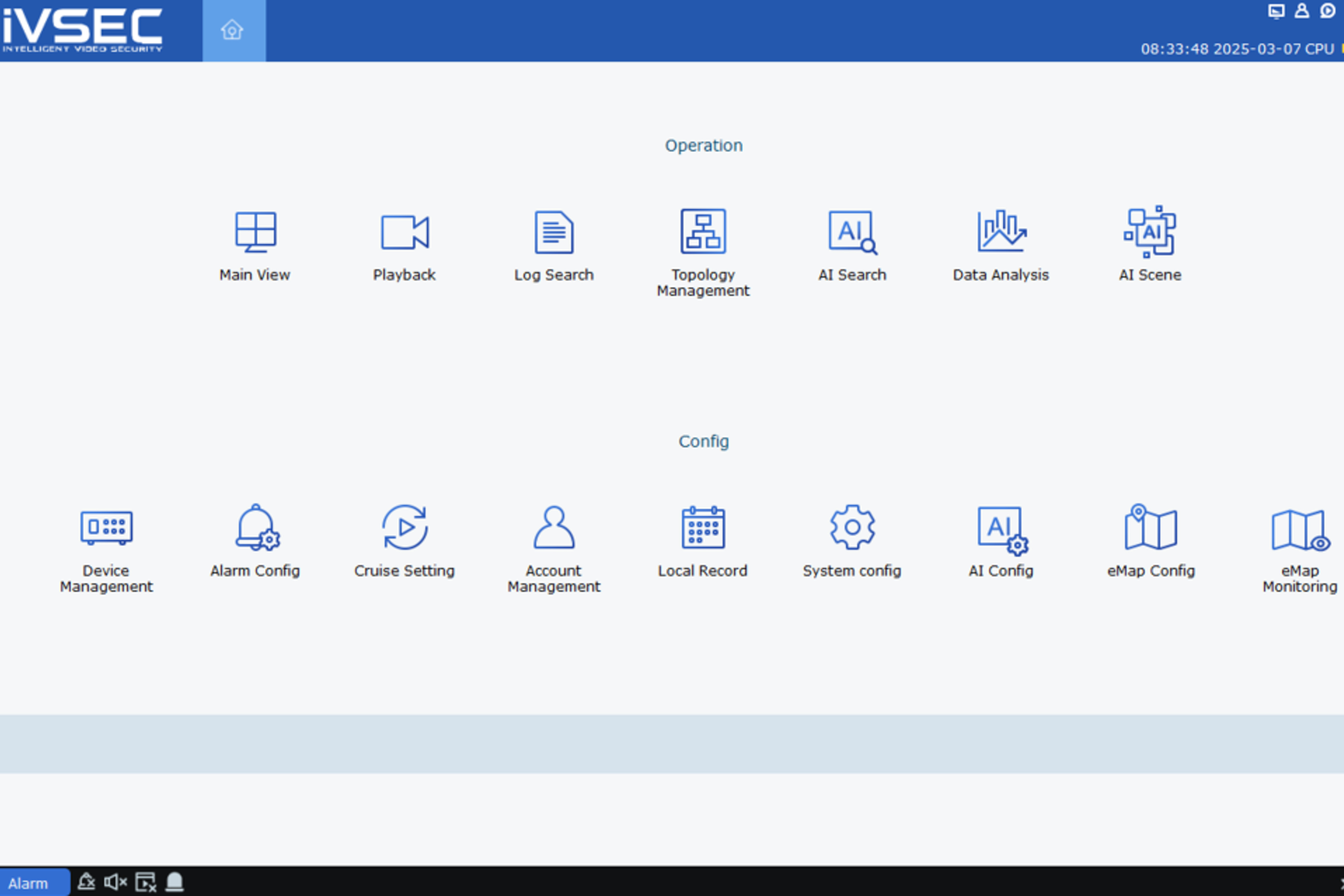What Means Face Detection, Face Capture, and Face Recognition in CCTV Feature
- Home
- What Means Face Detection, Face Capture, and Face Recognition in CCTV Feature

- Posted by: Ari Prasetyo
- 09 November 2024
What Means Face Detection, Face Capture, and Face Recognition in CCTV Feature
In the era of modern technology, CCTV surveillance systems no longer only function to record and display videos but are also equipped with advanced features that increase security efficiency and effectiveness. One of the most significant innovations is the ability to analyse and recognise human faces through a series of processes, including face detection, face capture, and face recognition. These features allow security systems to not only monitor passively but also respond proactively to potential threats and manage access more securely. Here's an in-depth explanation of these three features and how they work in a CCTV system.
1. Face Detection
Definition: Face detection is the first step in video analysis. It aims to identify and locate human faces in video frames. This technology uses sophisticated algorithms to distinguish faces from other objects in the scene.
Function: The system scans each video frame to detect areas likely to contain faces. Once a face is detected, the area is usually marked, such as a box, indicating that the system has recognised its presence. Face detection does not perform further analysis or identification but rather serves as a starting point for the next step in video data processing.
Advantages: This feature helps reduce human workload by automatically indicating the location of faces in the video, allowing security or operators to monitor relevant activity more easily.
2. Face Capture
Definition: Face capture is the process of extracting and storing detected facial images from video. This feature plays an important role in collecting high-quality visual data that can be used for further analysis or identification.
Function: After a face is detected, the system captures the face image in high quality. This captured image can then be stored in a database for future use. Face capture is essential for building a database of faces that can be accessed for further recognition, whether for security, investigation, or access control.
Benefits: With face capture, the system can archive clear visual evidence that is useful in investigations and tracking. This ensures that important footage is recovered and can be used for further analysis, such as checking who has been in a certain area.
3. Face Recognition
Definition: Face recognition is the process of comparing a captured face to a database of known faces to identify or verify a person. This technology is more complex than face detection and face capture because it requires a more detailed analysis of facial features.
Function: The system examines facial features and measurements, such as the distance between the eyes, the shape of the nose, or the angle of the jaw, to match the captured face to images already in the database. If there is a match, the system identifies the individual or verifies their identity. Face recognition is often used for user authentication, for example, in access control, which only allows certain individuals to enter a restricted area.
Applications: Face recognition is widely used in various environments, including airports, shopping malls, banking, and government buildings, to improve security, prevent fraud, and facilitate automated access control.
Conclusion and Comparison
Face Detection: This is used to find and tag faces in a video. This basic step does not involve identifying individuals, just the location of the face in the frame.
Face Capture: The next step is where the detected face is captured and stored for future use. This ensures that a high-quality image of the face is available for analysis or recognition purposes.
Face Recognition: This involves matching the captured face against a database of known faces for identification or verification. This sophisticated technology enables automatic identification in security and surveillance scenarios.
Benefits of Use in Various Applications
These three technologies (face detection, face capture, and face recognition) work together to provide efficient security solutions. In airports, for example, these technologies help verify passengers' identities and prevent unwanted individuals from entering. In shopping malls, these technologies can help identify VIP customers or monitor suspicious individuals to improve security.
With the combination of these technologies, CCTV systems can move from simply recording events to more proactive and responsive monitoring, providing greater control over the monitored environment.
Copyright © 2024 Xpro Group Pty Ltd TA/S Xpro Security


